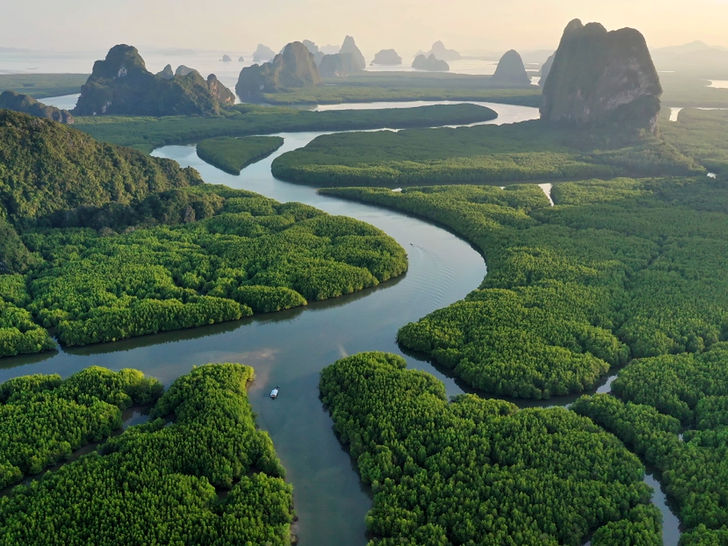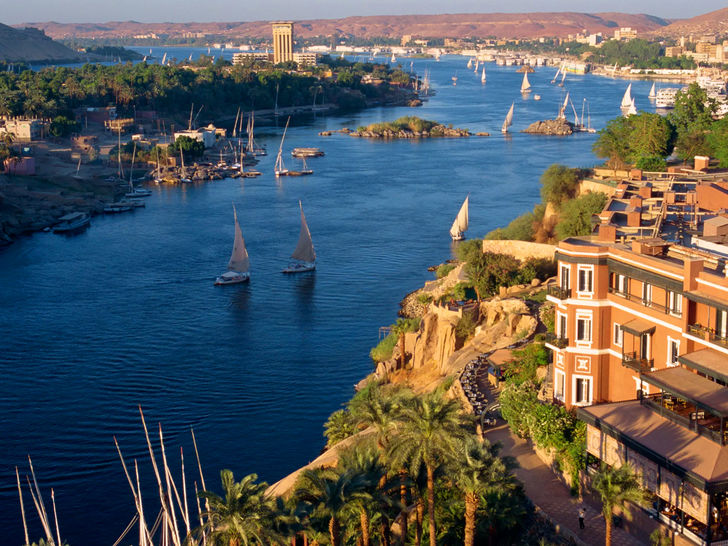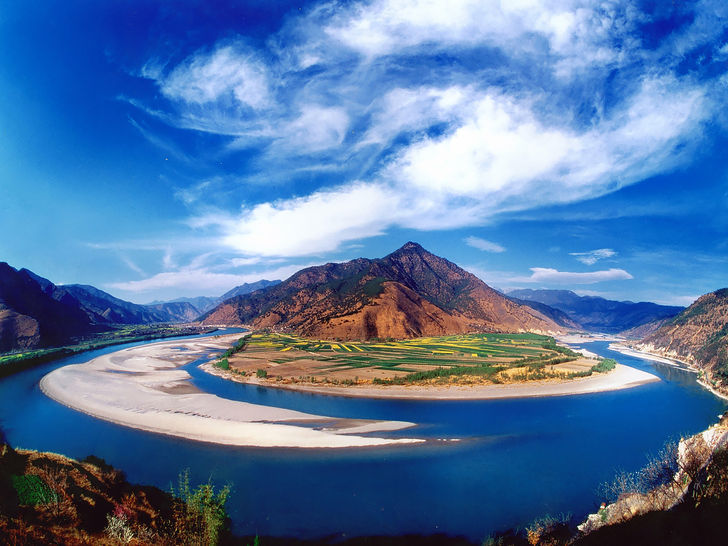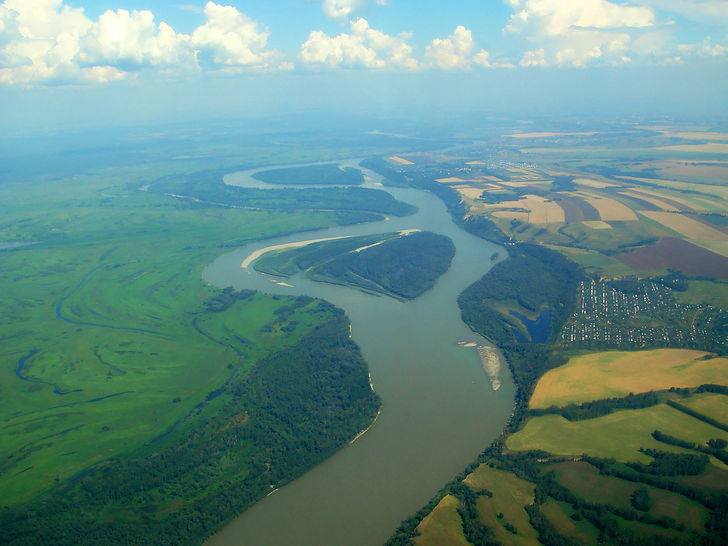Top 7 longest Rivers in the world

A river slices through rock not because of its strength, but because of its tenacity. In-country like India each river holds a spiritual significance and importance. Every River counts its own importance with its traditional significance.
Posted On April 20th, 2021

Amazon River
The Amazon River passes through Brazil, Colombia, and Peru in South America. The Amazon River is the world's second-longest river, stretching 3,977 miles (6,400 kilometres). Lago Villafro in Peru is the source, which is located high in the Andes Mountains. There are over 1,100 tributaries from the Amazon, which is also home to Anaconda snakes and the dangerous piranha, among other things. The mouth is at the Atlantic Ocean, and the first bridge across the Amazon River system opened in 2010 near Manaus, Brazil.

Nile River
At 4,132 miles, the Nile River is the world's longest river (6,650 km). The Nile flows through ten nations, beginning in two places: the White Nile in Central Africa, either in Rwanda or Burundi (the exact location is unknown), and the Blue Nile in Ethiopia. Sudan, Egypt, Uganda, the Democratic Republic of the Congo, Kenya, Tanzania, and South Sudan all share the Nile. The Nile River was extremely important during the ancient Egyptian era, and it is no accident that all of Egypt's major historical sites, as well as the cities of Cairo and Luxor, are located along its banks.

Yantze River
With a length of 3,915 miles, the Yangtze River is the longest and largest in both China and Asia, as well as the third-longest in the world (6,300 km). Its basin drains an area of 698,265 square miles and stretches for nearly 2,000 miles (3,200 km) from west to east and more than 600 miles (1,000 km) from north to south (1,808,500 square km). From its headwaters on the Tibetan Plateau to its mouth on the East China Sea, the river passes through or acts as a boundary for ten provinces or regions. More than three-quarters of the river's path is across mountains. There are eight major tributaries to the Yangtze River. The Yalung, Min, Jialing, and Han rivers are on their left bank from source to mouth; the Wu, Yuan, Xiang, and Gan rivers are on their right bank.

Mississippi River
The Mississippi River is the second-longest river in the United States and the headwaters of the continent's second-largest drainage system, behind only the Hudson Bay drainage system. It flows generally south for 2,320 miles (3,730 km) from its traditional source of Lake Itasca in northern Minnesota to the Mississippi River Delta in the Gulf of Mexico. The Mississippi River basin drains all or portions of 32 U.S. states and two Canadian provinces between the Rocky and the Appalachian Mountains, thanks to its numerous tributaries. The main stem is largely within the United States; the total drainage basin area is 1,151,000 square miles (2,980,000 km2), with just around 1% in Canada.

Yesnsei-Anagara River
The Yenisei is a Siberian river. Yenisei river is a part of the largest, and biggest river system that flows into the Arctic Ocean. It is slightly shorter than the Mississippi River, but it flows at 1.5 times the rate. It originates in Mongolia and travels north to the Kara Sea. The river drains most of central Siberia. The longest stream that follows the Yenisei-Angara-Selenga-Ider is approximately 5539 kilometres long. Its watershed, which includes Lake Baikal, the world's largest (by volume) lake, carries more water than any other river system.

Yellow River
With an estimated length of 5,464 km, it is China's second-longest river after the Yangtze River and the world's sixth-longest river system (3,395 mi). It begins and flows in the Bayan Har Mountains of Western China's Qinghai province and flows/runs through nine provinces before emptying into the Bohai Sea near the city of Dongying in Shandong province. The Yellow River basin has an east-west extent of approximately 1,900 kilometres and a north-south extent of approximately 1,100 kilometres. It has a gross drainage area of approximately 795,000 square kilometres (307,000 sq mi).

Ob River
OB is a significant river in Russia. It is located in western Siberia and is the world's seventh-longest river, stretching 3,700 kilometres (2,300 mi). It is formed by the confluence of the Biya and Katun rivers, which originate in the Altai Mountains. It is the westernmost of three major Siberian rivers that drain into the Arctic Ocean (the other two being the Yenisei and the Lena). It flows north-westward, then northward, and this pattern is repeated over a greater distance.

